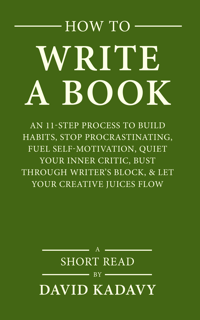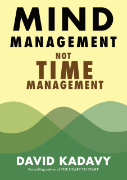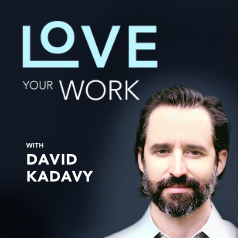Subscribe to blog updates via email »
What I’ve learned making AI videos on Google Veo 3
I’ve been playing around with Google Veo 3 lately (also Veo 2), and making AI video is fun and exciting! Things are getting to the point where you can make some cool things. Here are some quick notes on what I’ve learned so far (and some of the things I’ve created).
Some of my AI video projects so far
Hamlet in 60 seconds

WANT TO WRITE A BOOK?
Download your FREE copy of How to Write a Book »
(for a limited time)
My biggest project so far is Hamlet in 60 seconds.
I love Hamlet, but know Shakespeare is hard to understand. I think some of the most exciting AI video content being generated is historical. Historical stuff would be insanely expensive to create, and the market is apparently too small to justify it most of the time. Consider the fact there’s not a feature length film about the Medici!? 🤯
Michelangelo gets hired to paint the Sistine Chapel
This is a silly little skit that’s been in my head for a long time, and it wouldn’t be possible for me to create it otherwise.
Product videos
Something possibly more useful for my business has been videos featuring my products, specifically the 100 Journal Prompts Workbook. I’ve only run a small test with one of these as a Facebook ad, with no results, but this use case has potential.
My Veo 3 (or general AI video) tips and observations
- It’s expensive. Right now, you can start with a trial for $20 a month to get enough Veo 3 credits to do like 10 renderings. It’s $125 for a lot more. But each of those trials doubles in price after two months. That’s nothing considering what it would cost to produce what you can.
- It takes patience. You can’t generate exactly what you want. You just have to keep tweaking your prompts – or just plain generating many times. That’s tough since credits are expensive and renderings take time. I worked something like 15–20 hours just to generate Hamlet in 60 seconds, after spending maybe 7 hours getting the hang of things and creating the Michelangelo video.
- Different models have different capabilities. Be aware not every model can do everything, and it changes every day. Right now, with Veo 3, you can generate dialogue and audio, but with Veo 2, you can render based upon a frame or do “ingredients to video.” So to keep my characters consistent in the Michelangelo video, and still have dialogue, I had to cut together audio from a Veo 3 video with the visuals from a Veo 2. The people who appear to be talking in the product videos can’t, because that’s made with “ingredients to video,” which can’t generate audio.
- Use AI to prompt AI. You can generate more rich prompts by describing in broader strokes what you’re looking for to ChatGPT or Google’s own Gemini, to get a more detailed description, which you can then tweak. Videos from this guy describe how to use Gemini to create detailed description libraries and use “gems” to keep scenes and characters consistent, and generate prompts, but I have yet to follow the instructions.
- Character consistency is difficult. Despite spending so many hours on Hamlet in 60 seconds, the characters aren’t consistent from one scene to the next. The prevailing advice is to use the exact same descriptions in each prompt, but that only gets you so far. I haven’t yet tried extremely detailed descriptions, but surprisingly I see people on the subreddit report getting consistency with pretty vague descriptions. I think generating many times is probably the key. Frame to video and ingredients to video can help.
- It struggles with unusual camerawork. I have the hardest time generating directly-overhead drone-operated zoom outs. I suppose maybe there’s just not enough training data? If you try to do really unusual camerawork, it often starts to look like a video game.
- We’re still in the “cool because it’s AI” phase. I tried to make Hamlet in 60 seconds just a useful example of AI video, but we’re still in the “cool because it’s AI” phase. What does well is historical content with a modern and/or comical twist, lampooning influencers, animals as vloggers, outrageous situations where you’re not sure if it’s AI or not, and the “Hollywood is over” angle. It remains to be seen how AI video can perform well simply as being a replacement for real production.
It’s an exciting (and weird) time, but there’s new territory to be explored.



